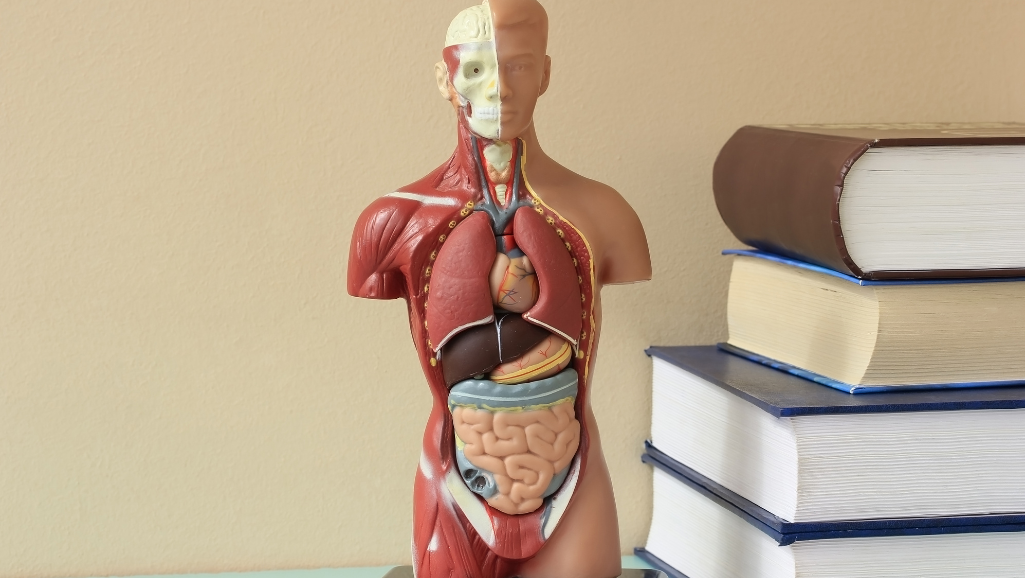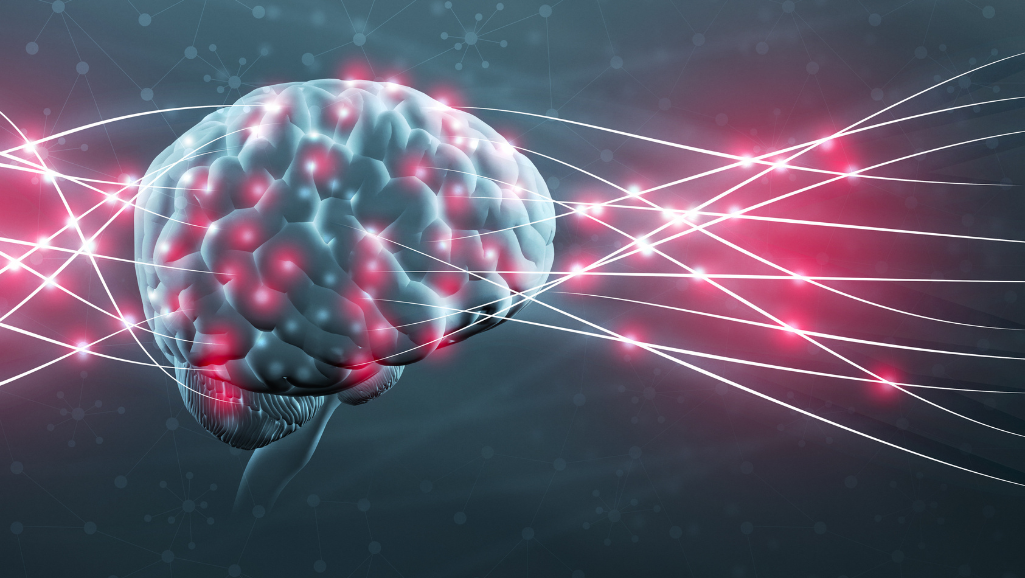Modern life moves fast, and many Americans feel overwhelmed. Studies show 74% of adults experience persistent stress, impacting their health and happiness. While short-term tension is normal, prolonged strain can harm both mind and body.
The good news? Change is possible. Research reveals 64% of people see real improvements in just eight weeks with the right techniques. This guide blends science-backed strategies with practical steps to help you regain balance.
From mindfulness to movement, small shifts create big results. Your body and mind are designed to heal. Let’s explore how to tap into that natural resilience.
Key Takeaways
- Chronic stress affects three in four American adults.
- The body’s natural response turns harmful when overused.
- Most people see positive changes within two months.
- Combining methods works better than single solutions.
- Financial worries top the list of stressors for 67% of people.
Understanding Constant Stress and Anxiety
Your body’s natural alarm system helps you react quickly—but what happens when it never turns off? Stress is a biological response hardwired for survival. When faced with challenges, hormones like cortisol and adrenaline prepare you to fight or flee.
What Is Stress?
Imagine slamming brakes to avoid a crash. Your heart pounds, muscles tense—this is acute stress. It’s short-term and useful. The NIH confirms temporary pressure sharpens focus and reflexes.
Problems arise when the alarm sticks. Chronic stress lingers for weeks, affecting 33% of Americans. Like a car alarm blaring endlessly, it drains energy and damages health.
The Difference Between Stress and Chronic Stress
An ER nurse juggling 12-hour shifts and a student facing exams both feel strain. But the nurse’s unrelenting schedule creates an allostatic load—wear and tear from repeated response activation. Over time, this shrinks the brain’s prefrontal cortex by 8–10%.
The APA reports 58% of Americans say daily tension impacts their lives. Prolonged cortisol exposure disrupts sleep, weakens immunity, and fuels inflammation. Recognizing when strain crosses into distress is the first step toward relief.
How Your Body Responds to Stress
When danger appears, your biology springs into action with lightning speed. The autonomic nervous system takes control, triggering a cascade of protective responses. This ancient wiring helped our ancestors survive threats—but today’s unrelenting pressures keep it constantly engaged.
The Fight-or-Flight Response
Your heart pounds because adrenaline floods your system. Blood vessels constrict to prioritize oxygen to muscles. The American Heart Association confirms this response can save lives during emergencies.
Key systems activate:
- Cardiovascular: 40% higher heart rate
- Respiratory: Faster breathing for oxygen
- Muscular: Tense readiness for action
Long-Term Effects on the Body
When the alarm never silences, wear-and-tear accumulates. Chronic strain elevates blood pressure through constant vasoconstriction. Research shows this damages artery walls over time.
Five systems suffer most:
- Cardiovascular (40% higher disease risk)
- Digestive (58% develop issues)
- Immune (ages 3-4 years faster)
- Nervous (shrinks brain regions)
- Endocrine (hormone imbalances)
ER doctors see “broken heart syndrome”—where extreme distress stuns the muscle. Meanwhile, 63% of migraine sufferers report tension as their top trigger. Your body speaks through these signals.
Emerging science reveals epigenetic changes from prolonged strain. Telomeres shorten, accelerating cellular aging. But remember: these effects are reversible with proper care.
Recognizing the Symptoms of Chronic Stress
Your body sends signals when under prolonged strain—some obvious, others surprisingly subtle. Research shows 85% of people experience symptoms across multiple categories. Learning to spot these signs early helps prevent long-term health issues.
Physical Warning Signs
Persistent tension often manifests physically. Common problems include:
- Frequent headaches or migraines
- Unexplained muscle pain
- Digestive troubles
- Skin flare-ups (psoriasis, rashes)
More concerning signs include chest tightness or TMJ disorders. “Many patients don’t connect jaw pain to emotional strain until we trace the pattern,” notes a Harvard Medical School report.
Emotional and Mental Shifts
Your feelings and thought patterns change under sustained pressure. Watch for:
- Irritability over minor issues
- Difficulty concentrating
- Memory lapses
- Emotional numbness
The cortisol-melatonin conflict often disrupts sleep cycles. What starts as temporary insomnia can become chronic sleep architecture disruption.
Behavioral Red Flags
Actions often reveal what words don’t. Key changes include:
- Increased alcohol consumption (32% of cases)
- Withdrawing from social connections
- Procrastination patterns
- Neglecting self-care routines
According to the Mayo Clinic, these behavioral shifts often precede more serious health consequences.
“Stress-induced alopecia cases have tripled among young professionals in five years.”
Emergency warning signs needing immediate attention include retraction breathing or chest pain lasting more than 15 minutes. Your body’s signals matter—learning to read them could change everything.
The Hidden Dangers of Long-Term Stress
Unchecked strain becomes a silent architect of health challenges. While short-term tension fades, chronic pressure alters your body’s blueprint—sometimes permanently. Research reveals these changes span from brain chemistry to cellular aging.
Impact on Mental Health
The NIMH found chronic strain triples depression risk. It rewires dopamine pathways, draining joy from activities you once loved. Over time, mental health suffers as cortisol erodes emotional resilience.
Common problems include:
- Memory fog from hippocampal shrinkage
- Neuroinflammation linked to dementia
- 72% higher anxiety disorders (Johns Hopkins)
“The brain under chronic stress ages 3–4 years faster than its biological age.”
Physical Health Risks
Your heart pays a steep price. Prolonged strain spikes blood pressure, doubling cardiovascular disease risk. The gut-brain axis also falters—83% of IBS cases tie to unresolved tension.
Startling findings:
- Autoimmune diseases jump 60% (Journal of Immunology)
- Metabolic syndrome rates climb with cortisol spikes
- Tumor growth accelerates by 30% (MD Anderson)
Women face unique vulnerabilities. Their autoimmune risk doubles under sustained pressure, per the NIH. Yet, awareness transforms outcomes. Early action can reverse 68% of these effects.
Common Causes of Constant Stress and Anxiety
Behind every strained smile lies a unique combination of modern pressures. While triggers vary across generations, research reveals surprising patterns in what weighs heaviest on Americans. Understanding these sources helps develop targeted relief strategies.
Everyday Stressors
Work demands dominate adult concerns. The APA reports 61% feel daily tension at their jobs, with 14% requiring stress leave. Common situations include unrealistic deadlines and lack of control over tasks.
Financial strain tops the list for 72% of adults. This cuts across generations differently:
- Gen Z: Student loans (83%)
- Millennials: Housing costs (76%)
- Boomers: Retirement savings (68%)
The pandemic created compound work and family pressures. Remote employees now juggle childcare with professional duties—a new stress frontier. Ambient worries like climate change add background tension for 4 in 10 adults.
Trauma and Childhood Experiences
Early adversity leaves lasting marks. fMRI studies show childhood trauma alters brain regions governing emotional regulation. The CDC found 64% of adults experienced at least one Adverse Childhood Experience (ACE).
These family histories create heightened sensitivity. Epigenetic changes can make stress responses more reactive. Minority groups face added layers from systemic discrimination and microaggressions.
“ACEs don’t dictate destiny, but they require conscious rewiring of stress responses.”
Poverty creates cyclical situations where chronic strain becomes normalized. Breaking these patterns requires addressing both present challenges and past imprints. The good news? Neuroplasticity allows for change at any age.
How Chronic Stress Affects Your Brain and Immune System
Neuroscience reveals how prolonged pressure rewires your brain while weakening your body’s defenses. UCLA imaging shows the prefrontal cortex shrinks 8% under strain—the region controlling decisions and focus.
- Amygdala grows hyperactive (fear center)
- Hippocampus atrophies (memory hub)
This imbalance creates a survival mode mindset. Glutamate floods neural pathways, accelerating changes seen in early Alzheimer’s. Tau proteins spread 40% faster in stressed brains.
Your immune system suffers equally. Lymphocyte production drops 30%, leaving you vulnerable. Research shows wounds heal twice as slowly during high-pressure periods.
“Vaccine efficacy plunges 50% in chronically stressed individuals due to impaired antibody response.”
Microglial cells trigger neuroinflammation when overstimulated. This sparks a vicious cycle:
- Cytokine storms damage tissues
- Glucocorticoid resistance develops
- Autoantibodies attack healthy cells
Multiple sclerosis flares correlate with pressure spikes. Rheumatoid arthritis sufferers report 73% more pain during tense periods. Yet hope exists—neuroplasticity allows healing through targeted interventions.
Protect your health by recognizing these system disruptions early. Simple daily habits can restore balance between mind and body defenses.
Effective Strategies to Manage Stress
Science-backed methods can transform how you handle daily pressures. Research proves combining different techniques works better than single solutions. Whether through mindfulness, lifestyle shifts, or social support, you can rebuild resilience.
Mindfulness and Meditation
MBSR programs reduce biological stress markers by 37%, per JAMA studies. Start with this 5-step protocol:
- Morning body scan (3 minutes)
- Focused breathing before meals
- Evening gratitude reflection
- Progressive muscle relaxation
- 4-7-8 breathing for acute tension
Tech tools like HRV biofeedback devices provide real-time progress tracking. Even 10-minute daily sessions create measurable changes in amygdala activity.
Healthy Lifestyle Changes
The ACSM recommends 150 minutes weekly of exercise for 40% stress reduction. The ideal blend:
- 45 minutes aerobic activity
- 20 minutes strength training
- Daily movement breaks
Nutrition matters too. These serotonin-boosting foods help regulate mood:
- Wild salmon (omega-3s)
- Spinach (magnesium)
- Dark chocolate (flavonoids)
Prioritizing 7-9 hours of sleep resets cortisol cycles. Digital detoxes before bed improve sleep quality by 62%.
Building a Support System
PLOS Medicine found strong social ties cut mortality risk by half. Try these connection builders:
- Weekly friend dinners
- Community gardening groups
- Park prescription programs
“Group drum circles show 28% greater stress reduction than solo activities.”
Workplace interventions help too. Flexible schedules decrease tension by 68%. Cultural practices like Japanese forest bathing offer proven nature-based relief.
When to Seek Professional Help
Recognizing when to ask for support is a strength, not a weakness. While self-help strategies work for many, 40% of people battling persistent strain meet clinical criteria for mood disorders. This is when a mental health professional becomes essential.
- Missing work/school frequently
- Withdrawing from close relationships
- Extreme appetite changes
- Substance misuse as coping
Therapy Options That Work
Modern therapy offers science-backed solutions. VA studies show EMDR reduces trauma symptoms by 80%. Consider these approaches:
| Type | Best For | Sessions Needed |
|---|---|---|
| Cognitive Processing | Thought patterns | 12-16 |
| Prolonged Exposure | Avoidance behaviors | 8-15 |
| TF-CBT | Childhood trauma | 12-25 |
Somatic therapies like sensorimotor psychotherapy help release stored tension. One executive regained focus after 10 sessions addressing burnout.
Medication and Advanced Treatments
When talk treatment isn’t enough, SSRIs show 60-70% effectiveness. Pharmacogenomic testing now personalizes prescriptions:
- Cheek swab DNA analysis
- Metabolism rate assessment
- Side effect prediction
For crisis care, partial hospitalization programs provide daily support. TMS therapy helps 50% of medication-resistant cases.
“EMTALA guarantees emergency psychiatric evaluation within 6 hours at any ER.”
Most insurance plans cover these services. Call 988 for immediate help or ask your primary care provider for referrals to qualified mental health professionals.
Conclusion
Your brain’s remarkable ability to rewire itself offers real hope. Studies confirm neuroplasticity helps reverse strain’s effects—like a former burnout patient who trained for marathons after therapy. Small steps create big shifts.
Start today with these actions:
- Swap coffee for herbal tea after 2 PM
- Walk 15 minutes during lunch breaks
- Text a friend when tension builds
Companies now prioritize mental health through flexible policies. Join the movement—89% see improvement with regular practice. Try our 30-day reset challenge to rebuild resilience.
Remember, “Peace grows with consistent care.” For immediate support, contact the 988 Lifeline. Explore science-backed recovery methods to thrive.











